You probably think of Dumbo first when you see the topic of animals with big ears. The good thing is there are more animals with big ears in real life out there that are so adorable. In case you need something cute to look at, these sweethearts you are about to see will totally make your day. I also include some information about each of them so that you can get to know them better as well. You will find the 7 most adorable animals with big ears below, let me know which one you think is the cutest!
1Basset Hound

Where: France
Remember Droopy the chill-looking dog that talks slowly in the cartoon? That’s a basset hound, so let’s begin with the name. Basset comes from the French word “bas” which means low or short, and this breed was bred to hunt. Of course, they look lazy and all, but they could track a variety of animals, especially rabbits and hares. In fact, they are the second-best sniffers in the canine kingdom; with the help of their ears. Their large floppy ears bring smells directly to their face while their dewlap traps the smell as they trot across the ground. One thing though, they are not good swimmers, well look at those legs. If you have them at home, just stick to outdoor activities in the yard will do.
2Bat-Eared Fox
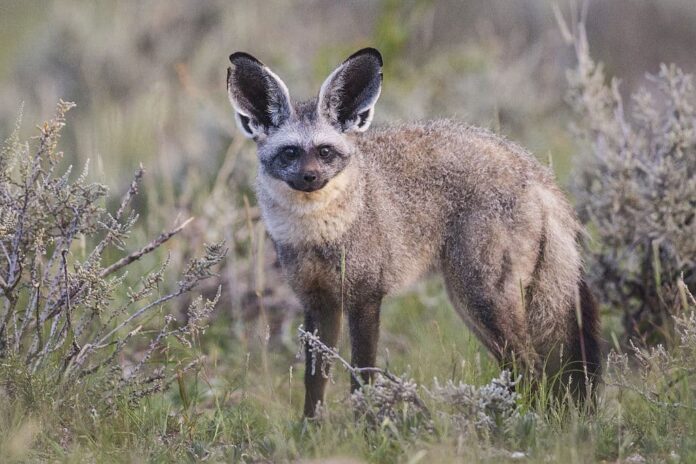
Where: Africa
Also known as long-eared fox, this fox species also has ears of large size as well. Bat-eared fox has extremely pointed teeth that allow them to quickly and efficiently chew their meal to aid digestion. They feed on insects, small invertebrates, small birds, mammals, and reptiles, and desert turtles go on the menu too sometimes. You can find them in pairs or in groups in short grasslands and arid regions of the savanna. Just like some animals with big ears who live in the desert from our list, this one also seldom drinks water.
3Fennec Fox
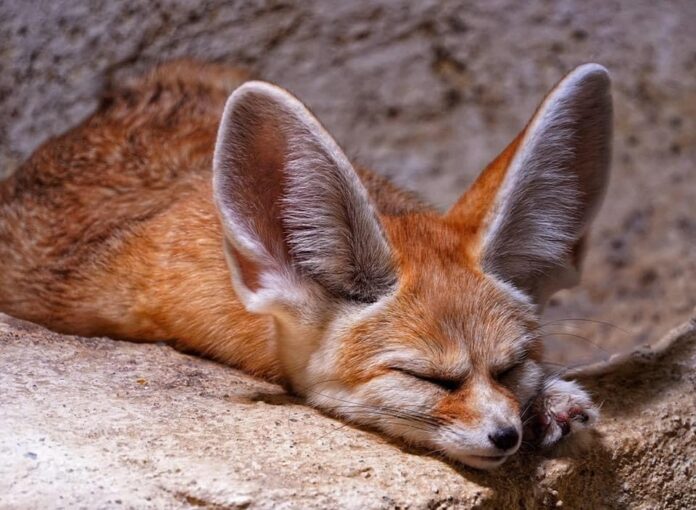
Where: North Africa, Sinai Peninsula, Southeast Israel, Arabian Desert
When it comes to the cutest fox, fennec is definitely on top of the list. Being the world’s smallest fox species, fennec fox also has strangely large ears that make them super cute to look at. Just so you know, their ears are not for show because those ears are great tools for listening in on prey. The fox will tilt their heads from side to side while triangulating sound so that it can pinpoint the exact location of prey. Even if the preys hide under the sand, fennec fox can still locate them. Speaking of prey, these foxes feed on insects, rodents, reptiles, and other treats.
On top of that, their oversized ears also help them in dissipating heat and keeping them cool in the desert. And since they inhabit such hot and arid areas, those ears alone can’t totally help them. That is why they have plenty of fur that protects them both from the heat during the day and cold during the night. At the same time, they also have furry feet that protect their paw pads from the hot sand. The cool part is that they are so well-adapted to desert life that can live without free-standing water. Plus, they make an exotic house pet as well, what do you think?
4Jackrabbit
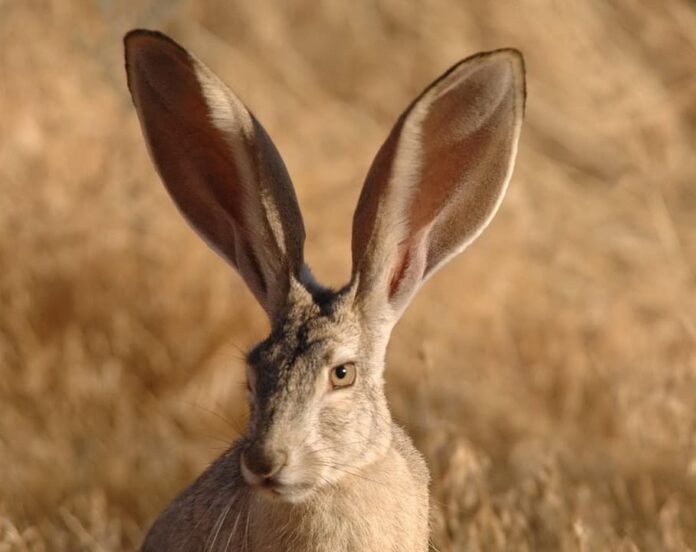
Where: North America
Despite their name, Jackrabbits are not rabbits, they belong to a group of animals known as hares. The differences between rabbits and hares are that hares have longer ears, longer hind legs, and larger bodies. Jackrabbits are nocturnal and herbivores so they leave their shallow forms in order to feed mainly from sunset to sunrise. These hares live in the desert where they are exposed to extremely hot temperatures during the daytime.
However, with their large ears, they are able to stay cool by releasing excess heat from those ears of theirs. On top of that, those ears are also an important water conservation technique that reduces panting or sweating as well. That means these fast and agile hares can leap and run as much as they want without losing body water at all.
Fun Fact: Baby jackrabbits can run immediately after being born.
5Long-Eared Jerboa
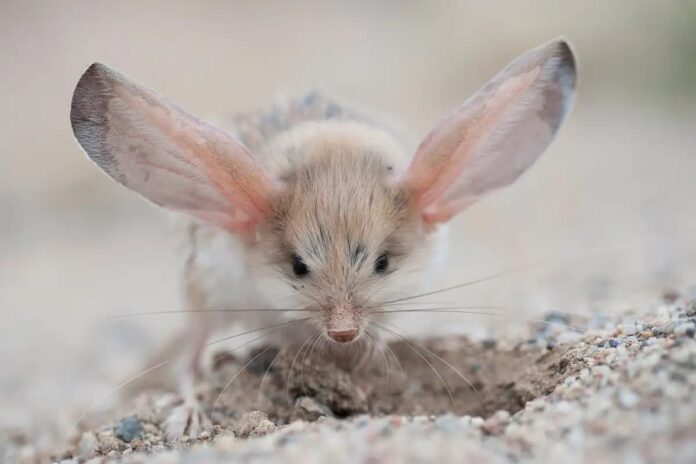
Where: China, Mongolia
This cute mini kangaroo here is a rodent with features similar to those of a mouse but more adorable. The length of their tail is too long and the size of their ears is too big compared to their body. Such a combination simply makes them so heart-melting to look at, right? The jerboa is not only among the animals with big ears but also the animals with long tails as well. That long tail gives them good balance when they run and jump. Yup, these cute little things jump with their long back legs with large feet just like a kangaroo.
The cool part is that they can jump at great heights both vertically and horizontally. The even more interesting thing is that jerboas don’t drink water, they get moisture from their food, plants, and insects.
6Sand Cat
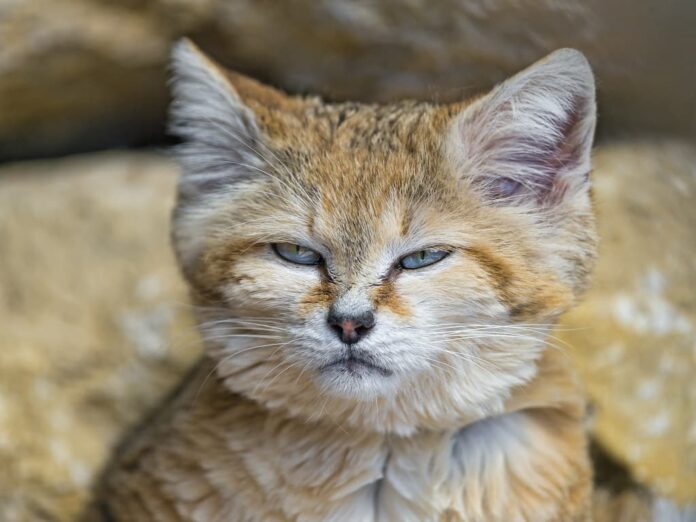
Where: Northern Africa
Being the only cat that lives primarily in the desert, sand cats have adapted to live in hot and arid conditions. These cats have furry feet that help them to walk along rocky and hot landscapes without a problem. Another thing that makes sand cats unique is their big ears which play a great part in cooling them down in hot weather. You can find them in sandy and stony deserts such as Sahara, Arabian desert, and deserts in Pakistan and Iran. Since they live in the desert and they are carnivores, their diet consists of small rodents, insects, birds, lizards, and snakes. They can survive without water for a long period of time, and they are solitary creatures who only gather during mating season.
7Serval
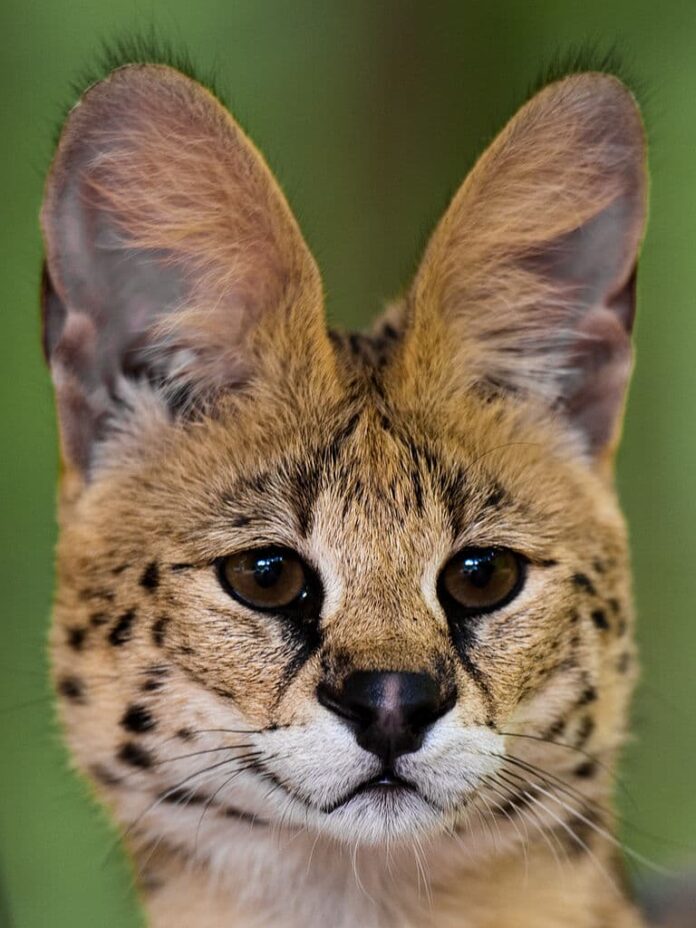
Where: Southern Africa, Central Africa
With a similar look which resembles that of a cheetah but smaller, serval is among the animals with big ears. You can easily recognize a serval by their exceptionally prominent ears that they use as an adaptation for movement detection. Servals usually stalk and hunt their prey in tall grass at dawn and dusk, so their functional ears are very helpful. These wild cats feed on rodents and reptiles, and they can even swat birds out of the air as well. With the ability to leap so high, catching a bird to eat won’t be any difficult for them. Although these skilled hunters spend most of their time hunting on the ground, they will also climb trees to escape predators.
Related Post: Animals With Long Tails



